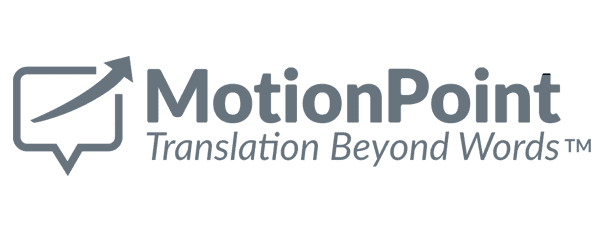




Studies continually show that companies generate higher customer and employee satisfaction—and forge stronger relationships with distributors and resellers—when they offer secure portals that enable their partners to:
This also holds true for multilingual and international audiences. To generate the kind of trust companies they to succeed in new markets, companies must offer localized login experiences in different languages.
Here are six insights that can help you find a reputable portal translation solution that can handle your portal’s complicated technologies, preserve your brand’s integrity, and replicate its excellent CX for multilingual and international constituents.
Translating secure portals is more challenging than translating conventional public-facing websites (which are notoriously difficult to localize in their own right). This is due mostly to the complicated technologies most portals use to deliver personalized experiences to users.
These systems often use complex single-page applications, powered by Angular, React and other frameworks. Most translation vendors' technologies cannot reliably parse these applications to properly identify content that requires translation.
This usually means:
There’s also the matter of integrating translated content into a localized version of the application, which most vendors can’t do elegantly—if at all.
Investigate vendors’ technical capabilities to ensure they can properly navigate these complexities … and that they won’t shift the costly technical burdens onto your IT team.
Translation vendors often offer low price-per-word translation rates to woo prospective clients. But price-per-word pricing is more nuanced than it looks.
For example, vendors may increase the costs of other services to offset those low rates. Or worse, a vendor may create inflated costs for proofreading and editing, which slyly appear as separate line items. (It's a best practice to include this editorial work in the per-word rate.)
Some vendors even charge customers to translate identical content more than once, which dramatically increases costs. This issue can be effortlessly eliminated with good technology.
Most translation vendors’ profits hinge almost solely on revenue they generate by translation. This means they’re not motivated to use technologies in smart ways to reduce a project’s translation costs. If anything, they’re inclined to maximize your translation spend, not minimize it.
In contrast, the best portal translation vendors deliver operational efficiency, cost savings, speed to market and flawless performance. More important, they’re continuously driven to actively reduce customer costs. Why? They want you to succeed and expand your global reach, which can ultimately generate more business for them.
Reputable vendors clearly source their costs, too.
Superior vendors offer airtight security that always protects the privacy of your customers, partners and employees.
One very secure approach—powered by proxy technology, which operates independently of your portal’s technology stack—ensures that a vendor’s systems (and its human operators) do not see or store any personally-identifiable information, ever.
Great vendors also support industry-recommended secure encryption protocols, and are also compliant with PCI DSS, HIPAA and other rigorous data protection standards.
Companies should use a portal translation solution that operates at the speed of online business. But most vendors can't deliver timely translations because they use inefficient translation workflows. They often waste time (and generate needless costs) performing manual tasks such as:
This process can take weeks to complete—an unacceptable timeframe.
Today’s best solutions automatically detect content changes, extract the content for translation and accurately localize it in about one business day.
The best vendors use flexible, cost-saving technologies—such as translation memory, which stores every translated phrase for your project—to re-use translations over and over at no additional cost to you.
This is especially impactful for localizing content far beyond your portal experience, such as your company’s public website, mobile app, PIMs, email campaigns, product feeds, offline documents, social posts and more.
As you move forward with serving multilingual or international customers, partners and employees, remember that portal translation is about far more than just “translation.”
The real challenge lies in the efficient, effective management of translated content. Most approaches require continuous customer-side effort. They often shift the work of technical integrations, content collection and more onto their customers.
Great vendors have translation management technologies that address those concerns. They also offer fully turn-key solutions that minimize costs and require no ongoing effort from you. And they operate under the ethical standards that your brand deserves.